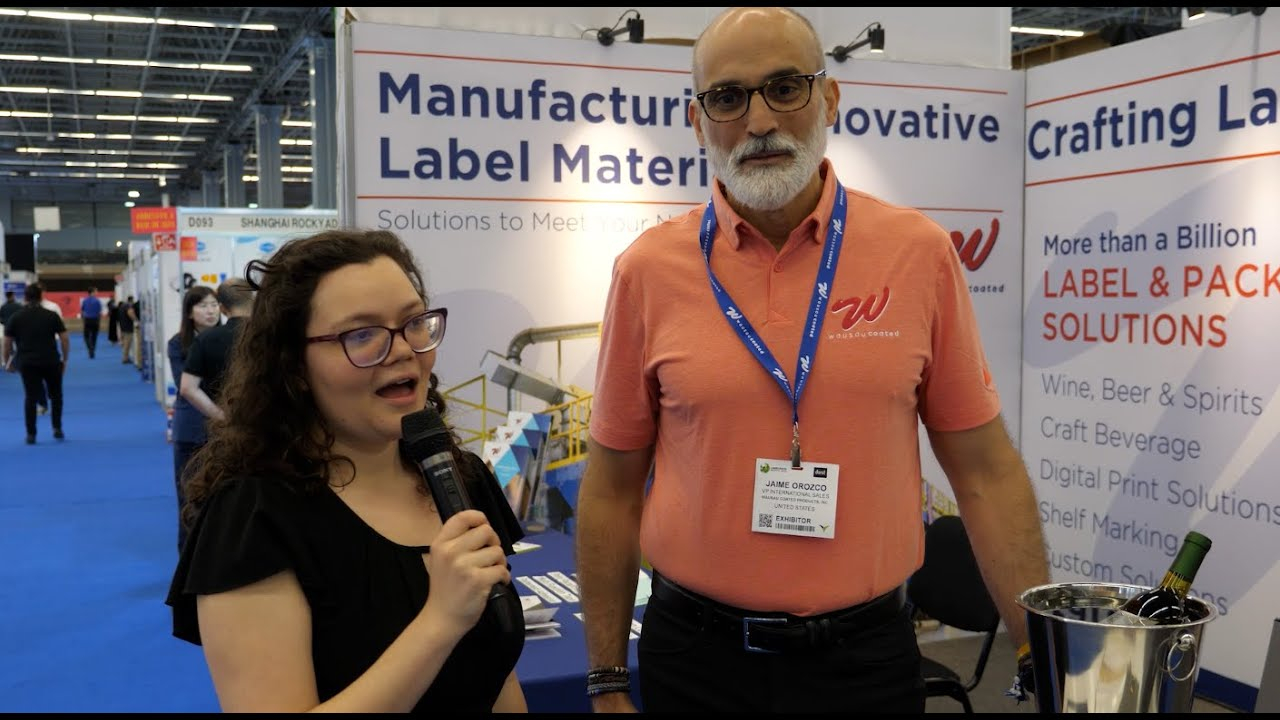China’s IML visionary

As a hot field in the label industry, the processing technology of in-mold labels (IML) is very complicated. It requires that a printed label is put directly into a mold, so the label and the container are fused together by injection or blow molding to make an integrated packaging container. Therefore, IML is perfect for the decoration of bigger and large-volume packaging containers. Together with the advantages of permitting a lower weight for products and reducing the overall packaging cost, IML has become the choice for many end users in China.
‘We all know that IML has many advantages like all-round design, labor-saving, environmentally friendly and highly adaptable to circumstances,’ says Yang Ying, president of Beijing Hengli’an. ‘However, today IML accounts for less than 0.5 percent of the label market in China, a huge gap compared with the technology’s two percent share in the international market.’
With the complexity involved in the processing chain, it is often hard for printers to grasp the entire process of IML production. As a result, not many printing plants have engaged in this industry – only 40 of China’s more than 6,000 label printing plants.
‘The main reason that IML has not developed well enough in China lies in the fact that IML is an integrated industry chain which requires various technologies including label materials, printing techniques, mold manufacturing technologies, mechanical automation technologies, injection molding and blow molding and so on’, says Yang Ying. ‘And all these fields need to cooperate with one another.’
Hengli’an was one of the first Chinese companies to promote IML. ‘IML is our main product’, says Yang Ying. ‘We have set up a “one-stop shop”, providing all services for IML production including designing, printing, injection molding and blow molding. We treat each customer as an end user by providing them with all processes including the end product.’
Stay up to date
Subscribe to the free Label News newsletter and receive the latest content every week. We'll never share your email address.


